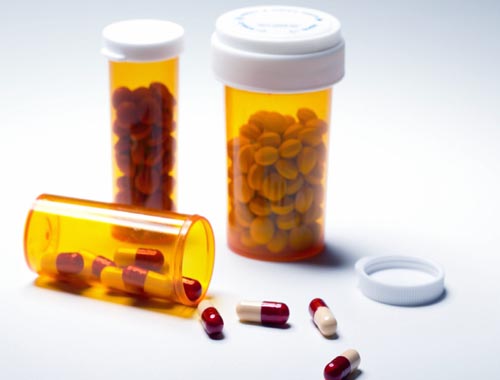
Normal Laboratory Test Ranges for Adults
Establishment and Variability of Reference Ranges
Establishing normal laboratory reference ranges enables healthcare providers to assess if patient test results fall within expected limits. These ranges vary due to factors such as age, gender, and laboratory methods.
Interpretation and Specification Guidelines
* Consult Lab-Specific References: Slight variations may exist based on testing procedures or population norms.
* Consider Patient Variables: Age, gender, ethnicity, medications, and pre-existing conditions can impact normal ranges.
* Adjust Ranges for Comorbidities: Chronic conditions may warrant adjusted ranges, particularly for renal, liver, and glucose tests.
* Clinical Context: Results falling outside normal ranges may be acceptable in certain clinical contexts, considering patient symptoms and history.
* Correlation with Clinical Factors: Laboratory ranges are essential, but clinical correlation is vital for accurate diagnoses and treatment decisions.
Common Laboratory Test Ranges
1. Blood Count Tests
* White Blood Cell (WBC) Count: 4,500-11,000 cells/mcL
* Red Blood Cell (RBC) Count:
* Men: 4.7-6.1 million cells/mcL
* Women: 4.2-5.4 million cells/mcL
* Hemoglobin (Hb):
* Men: 13.8-17.2 g/dL
* Women: 12.1-15.1 g/dL
* Hematocrit (Hct):
* Men: 41-50%
* Women: 36-44%
* Platelet Count: 150,000-450,000/mcL
2. Electrolytes and Minerals
* Sodium (Na): 135-145 mEq/L
* Potassium (K): 3.5-5.0 mEq/L
* Chloride (Cl): 96-106 mEq/L
* Calcium (Ca): 8.5-10.5 mg/dL
* Magnesium (Mg): 1.7-2.2 mg/dL
* Phosphate: 2.5-4.5 mg/dL
3. Renal Function Tests
* Blood Urea Nitrogen (BUN): 7-20 mg/dL
* Creatinine:
* Men: 0.6-1.2 mg/dL
* Women: 0.5-1.1 mg/dL
* Glomerular Filtration Rate (GFR): 90-120 mL/min (age-dependent, typically declines with age)
4. Liver Function Tests
* Alanine Aminotransferase (ALT): 7-56 U/L
* Aspartate Aminotransferase (AST): 10-40 U/L
* Alkaline Phosphatase (ALP): 44-147 U/L
* Bilirubin: 0.1-1.2 mg/dL
* Albumin: 3.5-5.0 g/dL
5. Thyroid Function Tests
* Thyroid Stimulating Hormone (TSH): 0.4-4.0 mIU/L
* Free T4 (Thyroxine): 0.8-1.8 ng/dL
* Free T3 (Triiodothyronine): 2.3-4.1 pg/mL
6. Lipid Panel
* Total Cholesterol: Below 200 mg/dL
* LDL Cholesterol: Below 100 mg/dL (optimal)
* HDL Cholesterol:
* Men: Above 40 mg/dL
* Women: Above 50 mg/dL
* Triglycerides: Below 150 mg/dL
7. Glucose and Diabetes Markers
* Fasting Blood Glucose: 70-99 mg/dL (fasting)
* Hemoglobin A1c (HbA1c): Below 5.7% (for non-diabetics)
8. Inflammation Markers
* C-Reactive Protein (CRP): Below 3.0 mg/L (high-sensitivity CRP may vary by lab)
* Erythrocyte Sedimentation Rate (ESR):
* Men: 0-15 mm/hr
* Women: 0-20 mm/hr


DDxHub is a concentrator that holds a lot of disease descriptions. It relies on the System knowledgebase to diagnose a health condition.
Differential diagnosis Hub is the System distinguishing of a particular disease or health condition from others.